Let’s talk about the eight pricing mistakes made by beauty founders! Pricing, my friend, is a strategic decision that holds immense power to shape your growth and profitability. Instead of hasty decisions or relying on limited information, exploring the many factors listed below is crucial to avoid the common pitfalls. Doing so’ll unlock the key to setting the perfect pricing that paves the way for your resounding success!
Analysis of 8 Pricing Mistakes by Beauty Brands
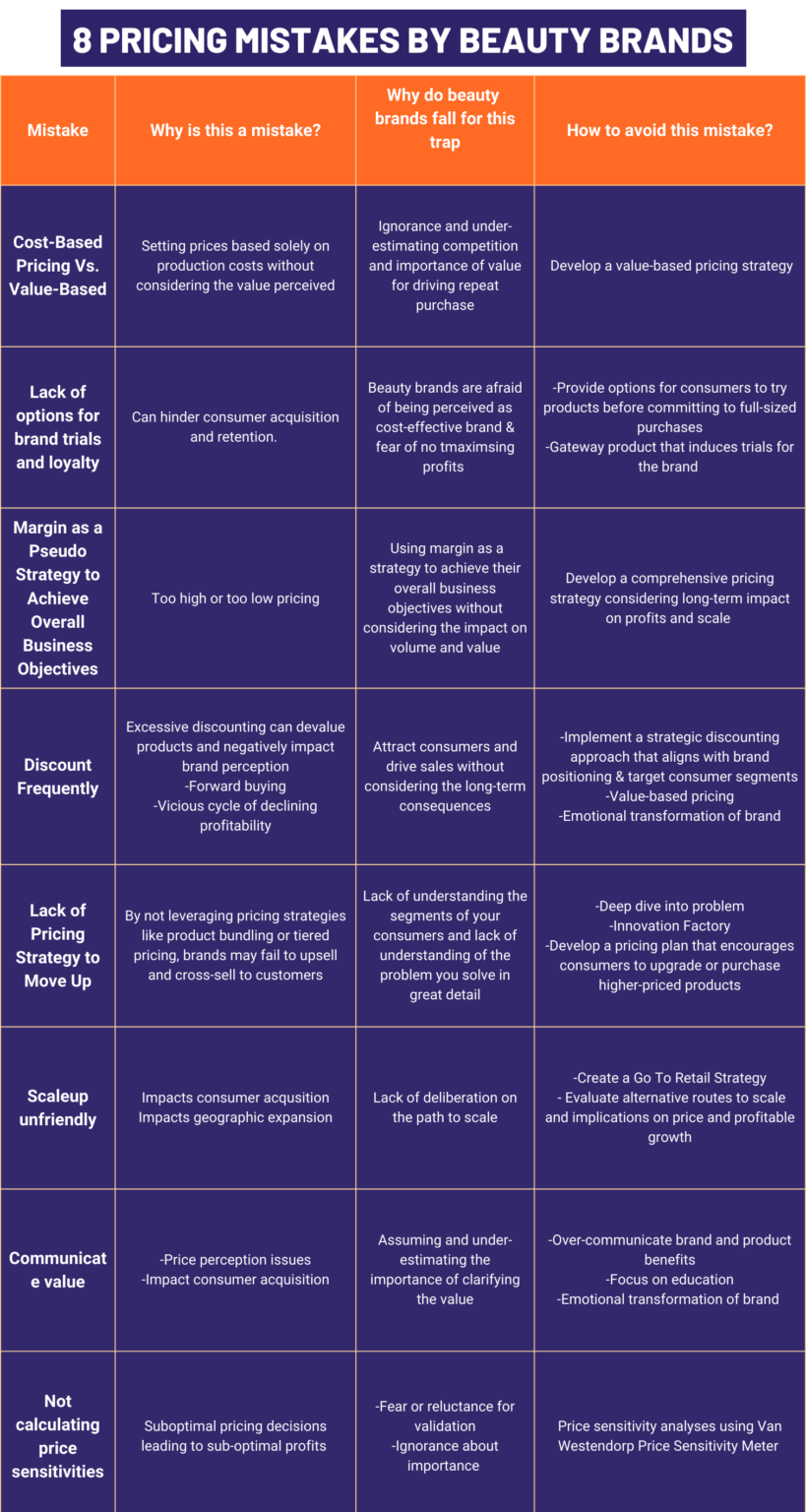
1. Cost-Based Pricing Vs. Value-Based
Why Is It a Mistake?
Setting prices based solely on production costs without considering the value perceived by customers can lead to underpricing or overpricing products.
Why do beauty founders make this pricing mistake?
The reason they fall for this trap is simply ignorance and under-estimating competition and importance of value for driving repeat purchase.
How to Avoid or Correct this Mistake?
Conduct thorough market research to understand customer perceptions of value. Develop a value-based pricing strategy that aligns prices with the perceived value to customers.
Perceived Value-Perceived Quality/Price
Find out the top 3 drivers of quality for your target consumer. Then, measure how you rate on each of these quality drivers versus competition to arrive at you perceived value vs. competition. Adjust your pricing and features accordingly to ensure you offer higher value vs. competitors within a price range.
Both functional and emotional factors can impact the perception of value.

Example of a Beauty Brand
Most of the beauty brands have that move form early-stage to growth stage, while they enter the early mass market have to adopt this approach as the consumer becomes more value conscious.
Hero Cosmetics adapted its pricing strategy when it started distributing via mass channels. Elf Cosmetics credits its 1st quarter of 2023 whopping growth to value-based pricing.
2.Lack of Options for Brand Trials and Loyalty
Why is it a Mistake?
Not offering trial sizes or samples can hinder consumer acquisition and retention. Consumers may be hesitant to commit to full-sized purchases without trying the products first. Loyalty programs can incentivize to repurchase and refer others. Establish a hassle-free return policy to alleviate concerns about trying new products.
A specific way to leverage pricing to induce brand trials is with a gateway product amongst all the hero products. This product is priced very competitively and gets your foot in the proverbial door.
Why Do Beauty Founders Make This Pricing Mistake?
Beauty brands are afraid of being perceived as cost-effective brands especially for their hero product and they might not be willing to sacrifice their margins.
As a founder, you need not implement all the above mentioned tips to induce brand trials but experiment and see which has the highest returns. Also, if new consumer acquisition and brand trials are the least of your concerns along the full marketing funnel, then you need not worry too much about the same.
How to Avoid or Correct This Mistake?
Provide options for consumers to try products before committing to full-sized purchases. Implement a loyalty program to reward repeat purchases and referrals.
Start with your marketing funnel and if the biggest leak is at the top of the funnel between repeat visits to your site and trials versus between other stages, then ensure that you roll out enough initiatives to make trials happen as a top priority.
For early-stage beauty brands that explode their DTC traffic but are not converting many into sales, this should be the top priority.
Also, for early-stage beauty brands that enter speciality chain of beauty stores, department stores and mass stores, this should be number 1 priority after getting attention to the shelf.
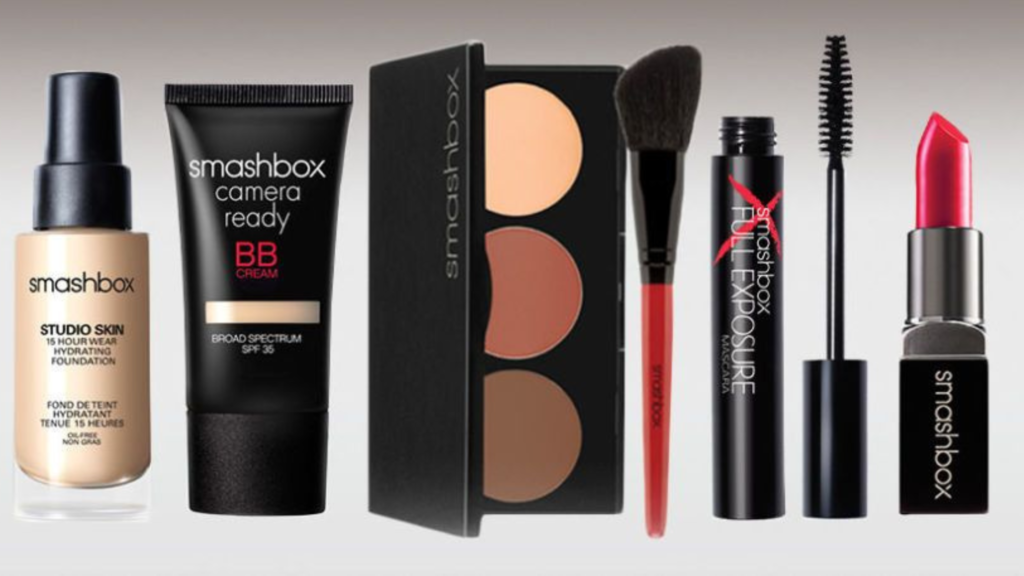
Example of a Beauty Brand
Drunk Elephant and Smashbox Cosmetics have sold minis at their DTC sites to induce trials for their prestige beauty brands, which does suffer from lack of trials because of prcie premiumness.
3.Margin as a Pseudo Strategy to Achieve Overall Business Objectives
Why Is It a Mistake?
Relying solely on margin as a pricing strategy can lead to setting prices that are either too high or too low. Brands may prioritize short-term gains over long-term profitability and sustainability.
While the thinking is on the right track, you need to have an authentic & well though out margin-based strategy.
Why Do Beauty Founders Make This Pricing Mistake?
Beauty brands may fall for using margin as a pseudo strategy to achieve their overall business objectives without considering the impact on volume and value. They may focus on maximizing profit margins without adequately considering consumer perceptions of value and market dynamics.
How to Avoid or Correct This Mistake?
Develop a comprehensive pricing strategy that takes into account factors such as costs, channels, competition, customer value, and market dynamics. Consider the long-term impact on profitability, market share, and brand perception.

Example of a Beauty Brand
La Mer Cosmetics is a truly prestige beauty brand that leverages its innovative story to charge very high pricing delivering very high margins which it uses to invest into exclusive partnerships with SPA channel partners.
4.Discount Frequently
Why Is It a Mistake?
Excessive discounting can devalue products and negatively impact brand perception. Frequent discounts may also lead to consumers hesitating to make purchases at regular prices, waiting for discounts to be offered. This is called training consumers to buy at discounted prices. Discounts can also lead to forward buying, further impacting your profitability, creating a vicious spiral of lower profitability and posing a threat to business viability.
Why Do Beauty Founders Make This Pricing Mistake?
Beauty brands may frequently discount products to attract consumers and drive sales without considering the long-term consequences. They may believe that frequent discounts will create a sense of urgency and lead to increased sales. However, this can erode brand value and train consumers to expect discounts.
How to Avoid or Correct This Mistake?
You may implement a strategic discounting approach that aligns with brand positioning & target consumer segments with limited-time offers or exclusive promotions for consumer acquisition or retention or for rewarding loyalty and advocacy.
A better approach, again, is to follow a value-based pricing strategy and if you are offering at least 30% higher value than competitors in the price range, you won’t have to worry about matching competition discounts.
To up a notch, you can emotionally transform your beauty brand to increase the perceived value & emotional resonance even further.
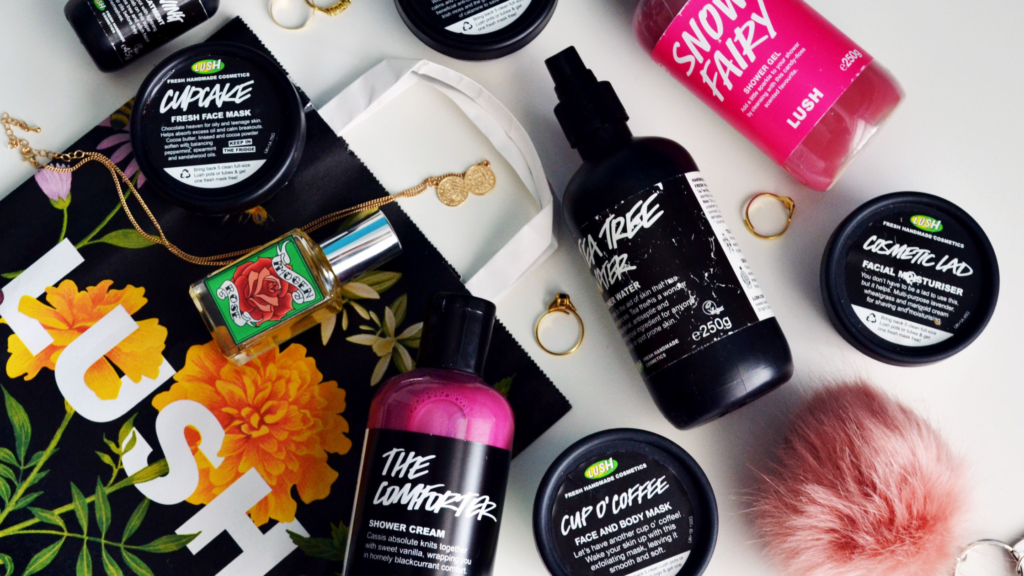
Example of a Beauty Brand
Lush offers only one yearly sale called the BOGO (Buy One Get One) sale, the day after Christmas. Rest of the year, the brand sells the product at actual prices without any discounts.
5.Lack of Pricing Strategy to Move Up
Why Is It a Mistake?
Failing to implement a pricing strategy to move consumers up the premium product line can result in missed profitability opportunities. By not leveraging pricing strategies like product bundling or tiered pricing, brands may fail to upsell.
Why Do Beauty Founders Make This Pricing Mistake?
Beauty brands may overlook the potential as they are worried about losing consumers or not believing they could charge more. This happens for two reasons: lack of understanding the segments of your consumers and lack of understanding of the problem you solve in great detail. If you can improve the solution, you can charge more to those interested.
How to Avoid or Correct this Mistake?
First understand the problem you are solving for your consumer with a particular product, understand the functional and emotional attributes of the problem and the role it plays in their life, and then create rituals with multiple products to improve the functional and emotional outcomes desired by the consumer, and accordingly up-sell and cross-sell.
Another strategy is to create an innovation factory with the intent of charging a premium pricing and increasing your margins.
Post the same,
Develop a pricing plan that encourages consumers to upgrade or purchase higher-priced products. Implement product bundling, tiered pricing, or limited-edition offerings to incentivize consumers to explore higher-value options.
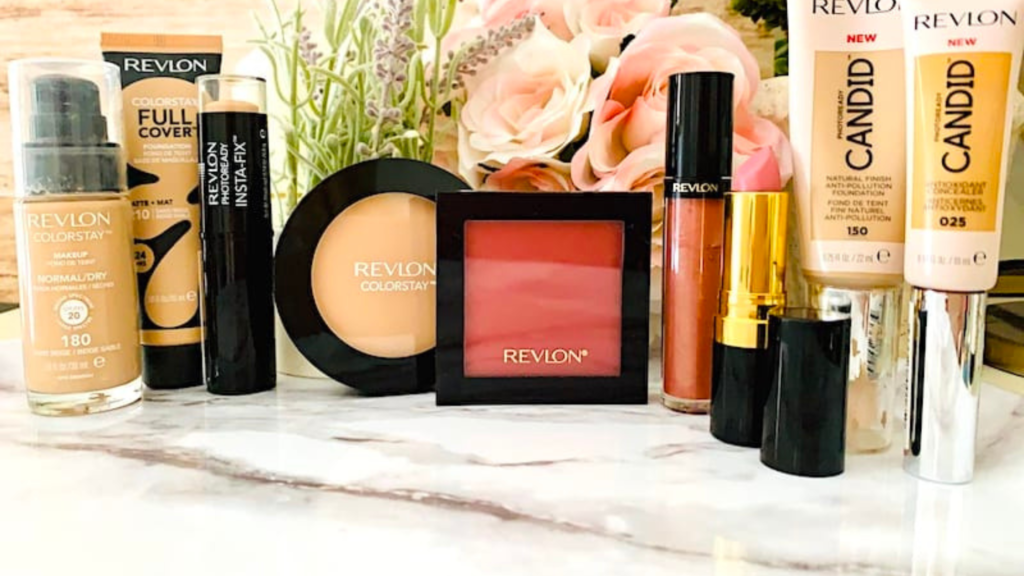
Example of a Beauty Brand
In the late 2010s, Revlon faced serious challenges in the market, including increased competition and changing consumer preferences. Amidst these challenges, Revlon struggled to up its pricing to match its competitors and maintain profitability.
Revlon’s failure to increase pricing could be attributed to various factors, from a lack of product differentiation with intense price competition in the beauty industry, and brand’s reluctance to adjust its pricing strategy and increase the value perceived by consumers versus other options in the market. As a result, Revlon experienced declining sales and profitability, leading to financial difficulties and a loss of market share. The woes did not end there and a few months back Revlon did file for bankruptcy.
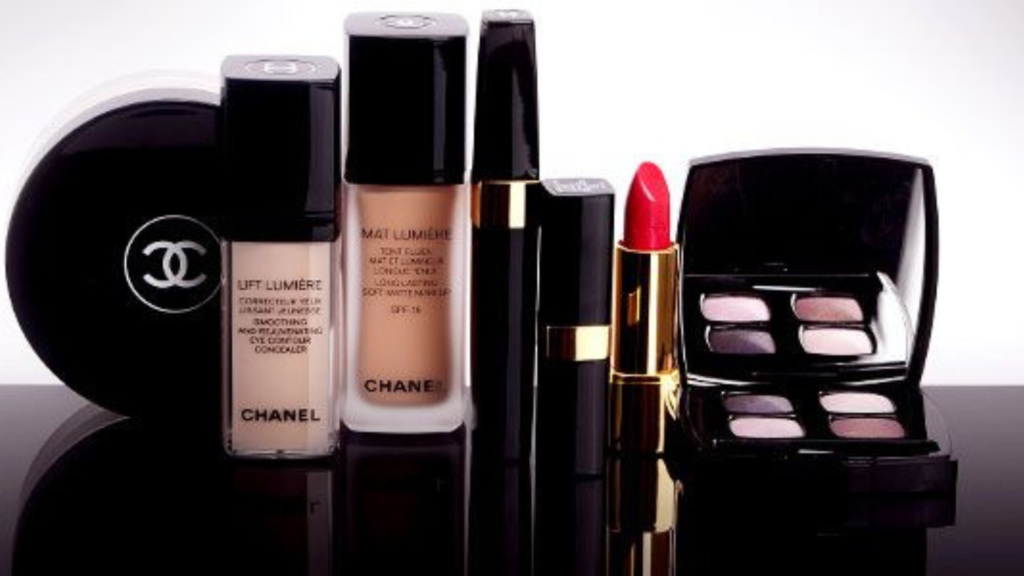
Example of a Beauty Brand
One example of a beauty brand that has regularly increase its pricing is Chanel. Renowned for its luxury beauty and fragrance products, the brand has successfully maintained a prestigious positioning.
How Has Chanel Managed to Do So Consistently?
Firstly, Chanel has cultivated a strong brand image associated with elegance, sophistication, and exclusivity, establishing itself as a symbol of luxury, commanding higher prices for its products.
Secondly, Chanel has consistently delivered high-quality products that are perceived as premium by consumers. The brand invests in research, development, and innovation to create innovative formulations and unique packaging, further justifying the premium pricing.
Additionally, Chanel is very selective in its distribution channels, limiting its availability to select high-end retailers and its own boutiques. The controlled distribution strategy helps maintain the brand’s exclusivity and supports its ability to command higher prices.
Last but not the least, Chanel has persuasively communicated the value and heritage association emphasizing the craftsmanship, heritage, and timeless appeal, for a strong emotional resonance.
To summarise, Chanel’s consistent success in increasing pricing can be attributed to its brand image & marketing campaigns, prestige quality & selective distribution.
6.Scaleup Unfriendly
Why Is It a Mistake?
Not having pricing structures that are adaptable to scale can hinder a beauty brand’s growth. Inflexible pricing models may become unsustainable as the brand expands, limiting profitability and hindering market penetration.
You need to factor the cost of consumer acquisition, channels and geographic expansion exactly in this order.
- Cost of Consumer Acquisition: When scaling beyond DTC channels, the choice of distribution channels is critical for a beauty brand’s scalability. Different channels have varying costs associated with them, such as retailer margins, listing fees, shelf budget, visibility fees, marketing and promotions budget, charge backs etc. The cost of acquiring consumers includes expenses related to marketing campaigns, advertising efforts, shopper marketing and sales promotions, and other activities aimed at attracting and retaining customers. When developing a pricing strategy, it is essential to consider these costs and ensure that the pricing supports the customer acquisition efforts. If the pricing is too high and does not align with the perceived value of the product, it can make consumer acquisition more challenging and hinder scalability. On the other hand, if the pricing is too low and doesn’t cover the acquisition costs, it may lead to unsustainable growth or financial difficulties. By carefully factoring in the cost of consumer acquisition, a beauty brand can set pricing that supports its growth objectives.
- Geographic Expansion: When expanding into new geographic regions, beauty brands need to consider the local market dynamics and consumer behavior. Factors such as purchasing power, cultural preferences, and competitive landscape can vary from one region to another. The pricing strategy should be adaptable to accommodate these variations and ensure that the brand remains attractive and competitive in each new market. For instance, pricing that works well in one market may not be suitable in another due to differences in affordability or local preferences. By factoring in the costs and pricing considerations associated with geographic expansion, a brand can effectively navigate new markets and scale its operations globally.
Why Do Beauty Founders Make This Pricing Mistake?
You don’t know what you don’t know. If your brand strategy lacks the deliberation and clarity you need, it will impact your scale strategy via brick and mortar retail.
How to Avoid or Correct this Mistake?
Design a Go To Retail Strategy. Evaluate alternative routes to scale and implications on price and profitable growth. Design scalable pricing structure, meaning both the cost and value design, to accommodate growth. Take in to account economies of scale, production costs, and consumer demand when designing pricing strategy for a particular channel route.
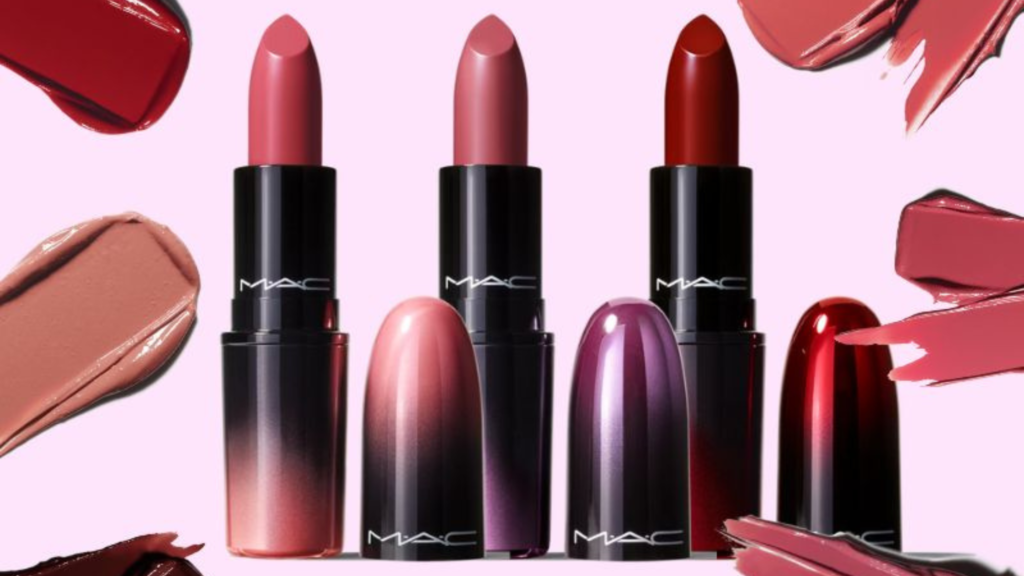
Example of a Beauty Brand
For example, when MAC Cosmetics entered the Asian market, the brand realized the importance of pricing aligned with the local market’s affordability & then strategically adapted their to be competitive while maintaining their perceived value. This helped them gain a substantial market share.
Even when MAC entered other regions such as Europe and the Middle East, the brand tailored its pricing strategy according to the regional differences in buying power and consumer preferences along with considering factors like local taxes, import duties, and distribution costs.
7. Communicate Value
Why Is It a Mistake?
Failing to effectively communicate the value proposition of products can lead to price perception issues. Consumers may be unwilling to pay higher prices if they don’t understand the unique benefits or quality offered by the brand.
Why Do Beauty Founders Make This Pricing Mistake?
Beauty brands may assume that consumers inherently understand the value of their products without actively communicating it. They may overlook the importance of effectively conveying the brand’s unique selling points, leading to price perception challenges and potential revenue & profitability loss.
How to Avoid or Correct this Mistake?
Clearly articulate the value and benefits of products through marketing campaigns, product descriptions, and consumer education. Highlight unique features, ingredients, benefits, or any other factors that differentiate the brand from competitors.
First you have to tap into a hyper-jump opportunity and create brand acceleration fundamentals using a resonant consumer insight, then create a resonant brand promise along with a brand story that elborates on the core promise. The last step is to create a content campaign for storytelling. Ideally, your brand will communicate both functional and emotional value using creative storytelling.
The more emotionally transformed your beauty brand is, negating competition, the lesser you need to go overboard with functional value communication.
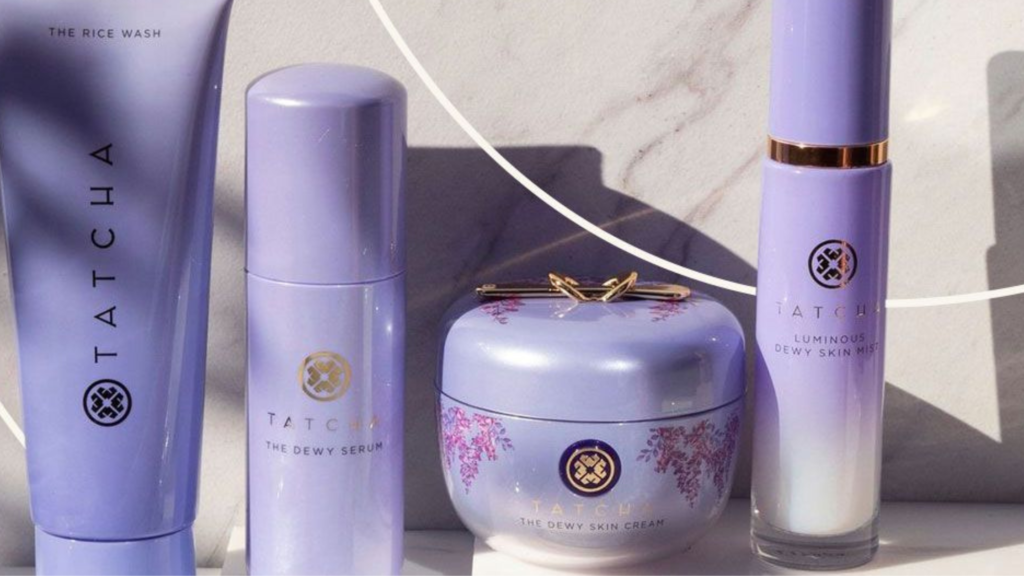
Example of a Beauty Brand
One real-life case is the brand Tatcha, known for its luxury skincare products inspired by traditional Japanese beauty rituals. In the early stages of the brand’s development, Tatcha faced challenges in effectively conveying the unique value and benefits of its products, which resulted in price perception issues among consumers.
Tatcha’s products were priced at a premium, reflecting the brand’s commitment to using high-quality ingredients and incorporating ancient beauty secrets. However, the brand struggled to communicate the specific value and differentiation of its products compared to other luxury skincare brands in the market.
Many consumers perceived Tatcha’s products as overpriced without fully understanding the brand’s story, craftsmanship, and the meticulous research that went into formulating each product. The lack of clear communication regarding the brand’s heritage, ingredients, and the unique experience it offered hindered its ability to justify the higher price points.
To overcome this challenge, Tatcha adapted its marketing. The brand started focusing its storytelling on its Japanese heritage, the cultural significance of ingredients, and the authenticity of the product formulations. Tatcha started an education campaign around the craftsmanship behind its products and the meticulous attention to detail.
Tatcha also leveraged storytelling to resonate deeper with consumers, sharing the brand’s mission of modernizing timeless beauty rituals. The brand reinforced its commitment to philanthropy and sustainability, further enhancing value with purpose.
Through these efforts, Tatcha was able to successfully enhance its communication strategy, effectively conveying the unique value and benefits of its products to consumers. This, in turn, helped to shift the price perception and position the brand as a luxury skincare line that offered not only exceptional products but also a holistic beauty experience deeply rooted in Japanese tradition.
8. Not Calculating Price Sensitivities
Why Is It a Mistake?
Neglecting to assess price sensitivities can result in suboptimal pricing decisions. Understanding how consumers respond to price changes helps determine optimal pricing levels that maximize revenue & profitability.
Why Do Beauty Founders Make This Pricing Mistake?
Beauty brands may make pricing decisions without considering how consumers perceive and respond to price changes. The fear of validation or reluctance to do so or simple ignorance about the importance of validating price are the most common reasons.
How to Avoid or Correct this Mistake?
Conduct price sensitivity analyses, including methods like conjoint analysis, Van Westendorp Price Sensitivity Meter or A/B testing, to gauge consumer responses to different price points. Use the insights gained to set prices that align with consumer preferences and maximize profitability.
How Do Beauty Brands Use the Price Sensitivity Analysis:
A beauty brand can use the Van Westendorp Price Sensitivity Meter to deduce the optional price.
Design Study: Design a well-structured survey or questionnaire using the Van Westendorp Price Sensitivity Meter. For example, create an online survey where respondents are asked to rate different price points for a specific beauty product, such as $20, $30, $40, and $50.
Price Sensitivity Questions: Include questions that explore consumers’ price sensitivity like asking respondents at what price they would consider the product to be a bargain, too expensive, starting to get expensive, or unaffordable. Specifically, the beauty brand can ask respondents, “At what price do you think this beauty product becomes too expensive for its perceived value?”
Analyze the Data: Collect and analyze the survey responses to identify the Price Sensitivity Meter’s four key thresholds. For example, the analysis may reveal that the Point of Marginal Cheapness (PMC) for the skincare product is at $20, the Point of Marginal Expensiveness (PME) is at $50, the Optimal Price Point (OPP) is at $35, and the Indifference Price Point (IPP) is at $45.
Determine the Optimal Price Point: Based on the analysis, the beauty brand can determine that the Optimal Price Point (OPP) for the skincare product is $35. This indicates that the maximum number of consumers find this price to be reasonably priced and offers a good balance between affordability and perceived value.
While the Van Westendorp Price Sensitivity Meter provides critical insights, you must tailor the findings with the other learnings in this article before concluding your pricing.
Summary
If you are a passionate beauty brand founder who truly wants to take her business to the next level, don’t let pricing mistakes hold you back.
By avoiding common pitfalls and adopting an intelligent pricing strategy, you can unlock new opportunities for growth and profitability. Say goodbye to cost-based pricing and embrace a value-based approach by conducting comprehensive market research and understanding consumer perceptions. Provide trial options and implement loyalty programs to foster brand trials and build customer loyalty.
Be strategic with your pricing, avoiding excessive discounts that may devalue your brand. Instead, develop a balanced pricing strategy that aligns profitability with market dynamics. Focus on moving up in pricing tiers and enticing consumers to explore higher-priced options and additional product offerings. Factor in scalability considerations, including consumer acquisition costs, channels, and geographic expansion. Communicate the unique value and benefits of your products intelligently, captivating your target audience and justifying higher prices. Lastly, remain mindful of your consumer’s price sensitivities and adjust your pricing strategy accordingly.
Pricing right is one of the drivers of scaling your beauty brand right. On how to leverage 3 growth engines to scale your beauty brand, read my article here!
Want feedback on how your beauty brand is doing on the above pitfalls? Book a discovery call here!
OR
you could join your free online course below!

